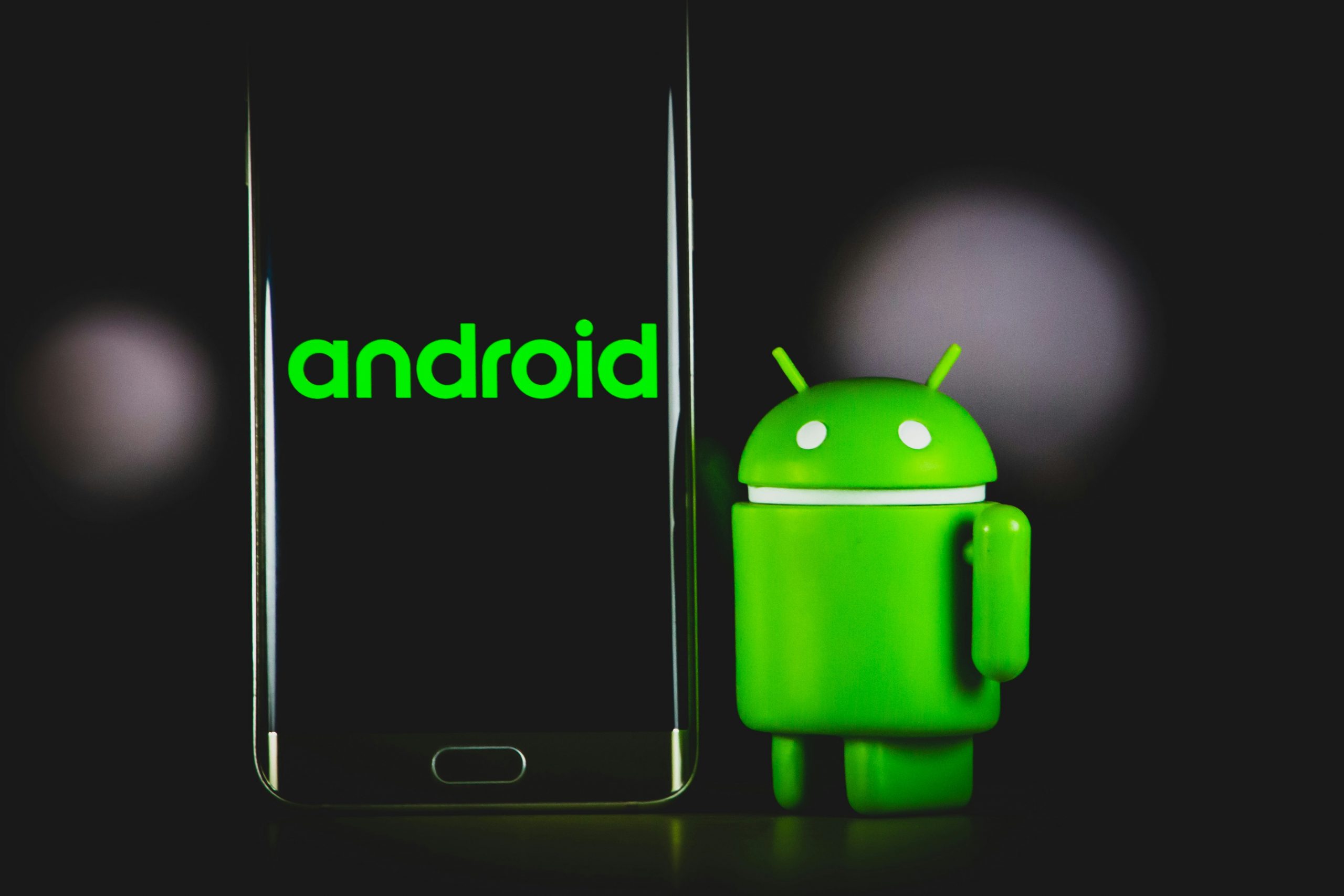pinupmd.xyz – Hi, Android friends! Have you ever felt annoyed because your Android smartphone feels slow and runs like a snail? Don’t worry, you are not alone! Many Android users experience this problem, especially after using the device for a certain period of time.

However, before you decide to buy a new smartphone, there are many tips and tricks you can try to speed up your Android’s performance. One of the first steps is to clear the device’s internal storage of unused files and rarely used applications. Additionally, updating the operating system and applications regularly can also help improve device performance.
Apart from that, you can also consider disabling excessive animation effects or reducing the number of widgets on the home screen. Additionally, optimizing battery power settings and turning off apps running excessively in the background can also help save resources and improve the responsiveness of your device. By applying these tips, it is hoped that you can speed up the performance of your Android without having to incur additional costs to buy a new device.
Clean Internal Storage
One of the main causes of Android smartphones being slow is crowded internal storage. The more data stored, the harder the device has to work to access that information. Try to delete unused apps, old photos, videos, and other files you no longer need. You can also move some data to external storage, such as a microSD card or cloud storage.
Disable Unused Apps
Unused apps can be a burden on Android device performance. They often run in the background and consume system resources unnecessarily. To fix this, open the “Settings” > “Applications” > “Installed Applications” menu, then disable or delete the applications that you no longer use.
Limit Apps Running in the Background
Apart from unused apps, apps that continue to run in the background can also slow down Android performance. To limit these applications, go to the “Settings” > “Applications” > “Running Applications” menu, then stop or limit unnecessary applications that continue to run in the background.
Turn off Animations and Transitions
Although the animations and transitions on the Android interface look attractive, they can also put an additional burden on the device’s performance. To turn this feature off, go to the “Settings” > “About Phone” > “Developer Options” menu (if it’s not there, look for “Build Number” and tap it a few times until the option appears). After that, disable “Window Animation”, “Transition Animation”, and “Scale Animation”.
Perform a Factory Reset
If the tips above haven’t provided significant results, maybe it’s time to factory reset your Android device. This process will delete all data and installed applications, so your Android will return as if it just came out of the factory. However, make sure to back up your data first before doing a factory reset.
Check for System and Application Updates
Apart from doing a factory reset, updating the Android system and installed applications can also help improve device performance. Security updates and bug fixes are often included in the latest updates, which can address any performance issues you may be experiencing.
Use Cleaner and Battery Saver Apps
There are many battery cleaner and saver apps that can help optimize your Android’s performance. Apps like CCleaner, AVG Cleaner, or DU Battery Saver can help clear cache, delete temporary files, and save battery, which in turn can also improve device speed.
Use a Light Launcher
Android’s default launcher often has a lot of features and animations that can put a strain on device performance. If you don’t need these features, try using a lightweight launcher like Nova Launcher or Microsoft Launcher. These launchers are generally lighter and provide a faster experience.
Avoid Heavy Antivirus Applications
Although antivirus is important for protecting your Android device, heavy antivirus applications can actually put an additional burden on device performance. Choose a lightweight antivirus that doesn’t consume too many system resources, such as Avast or AVG.
Consider Rooting
For more advanced Android users, rooting the device can provide greater control and allow you to optimize performance more effectively. However, remember that the root process can void the warranty and potentially compromise the security of the device if not done correctly.
Conclusion:
By applying the tips and tricks above, you should be able to experience significant performance improvements on your Android device. Understanding how to manage the apps and data on your device, as well as performing regular system updates, are important steps to ensure your device runs smoothly.
Additionally, regularly clearing the cache and deleting unused apps can also help speed up your device’s performance. With consistency in implementing these practices, you can optimize your user experience with your Android device.
However, if performance issues persist, it may be time to consider replacing the device with a newer one. Newer Android devices often come with better specifications and the latest technology, which can provide a more responsive and satisfying user experience.
Additionally, using outdated devices can also increase security risks and incompatibility with the latest applications and services. So, considering upgrading your device could be a wise move if you feel that your device no longer meets your needs well.